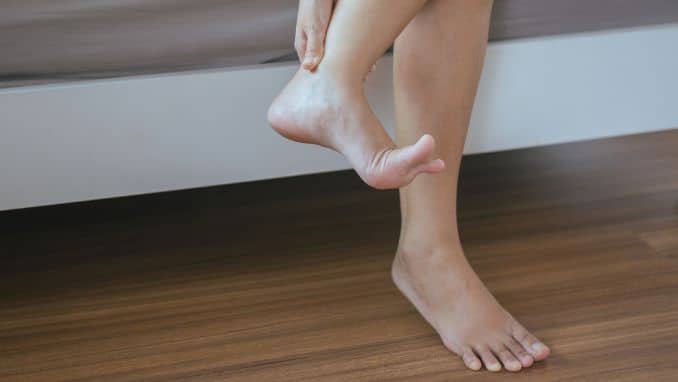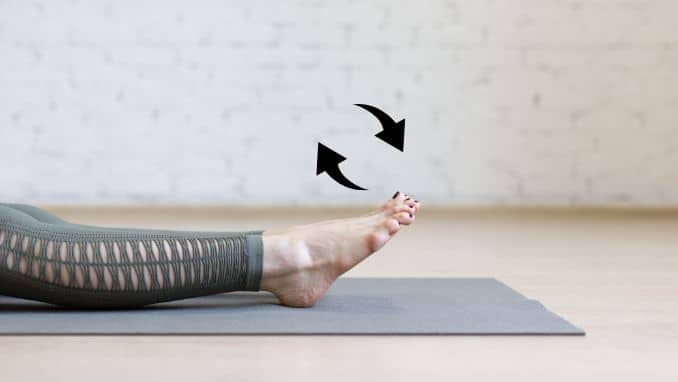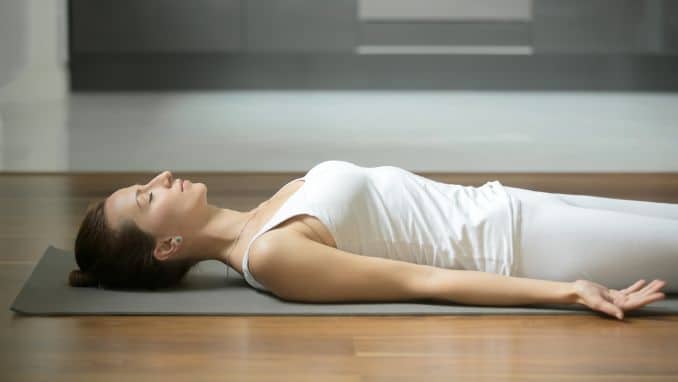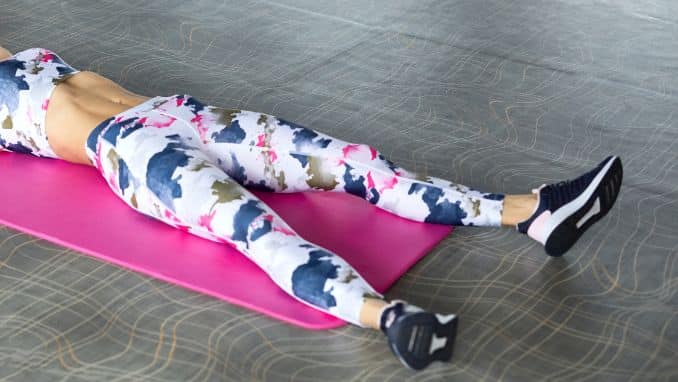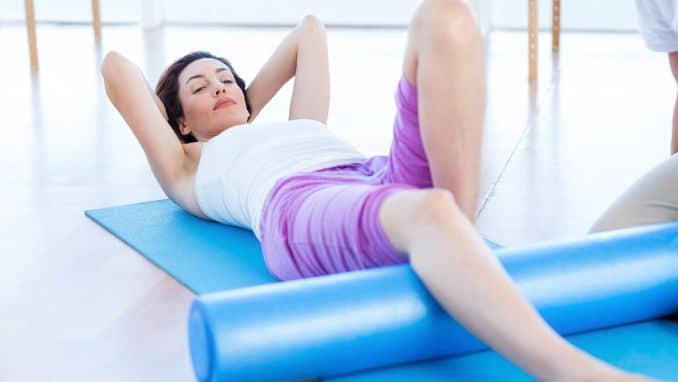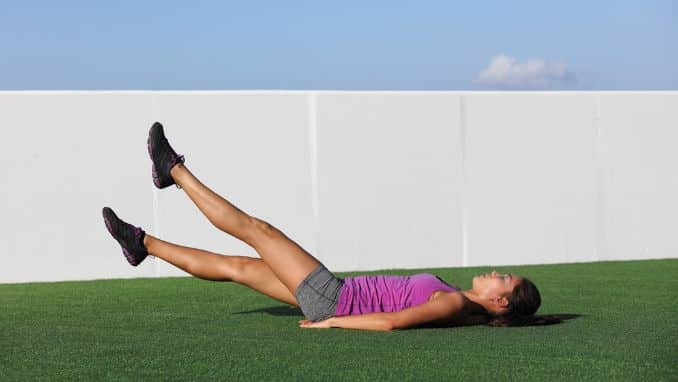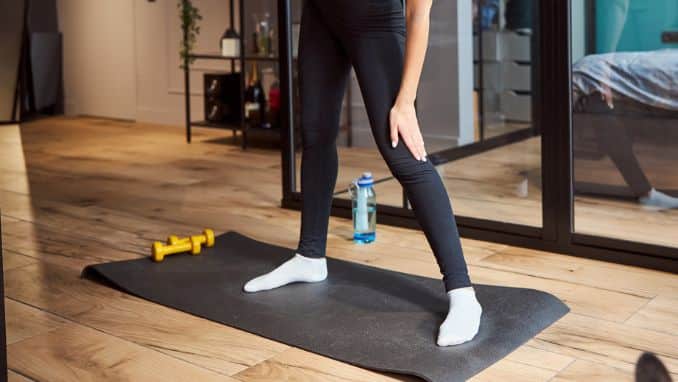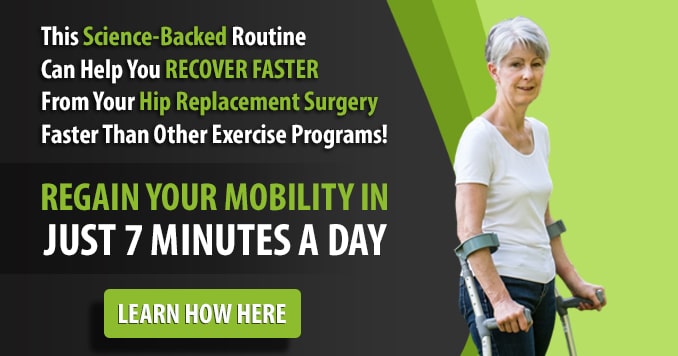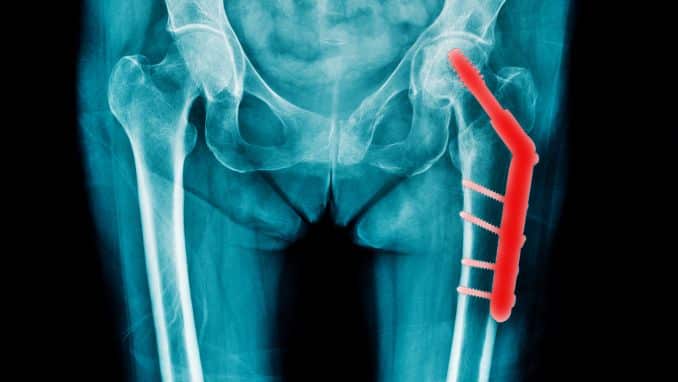
Hip replacement is a surgical procedure that replaces the parts of the hip joint severely injured caused by arthritis, fracture, and other conditions with artificial implants. It is one of the safest, most effective, and most successful medical operations. This relieves pain, increases the range of motion, and improves joint function. Whether you will undergo this operation soon or are just considering your options, this article will help you understand what a hip replacement and its rehabilitation exercises are.
Hip Joint: The Second Largest Joint
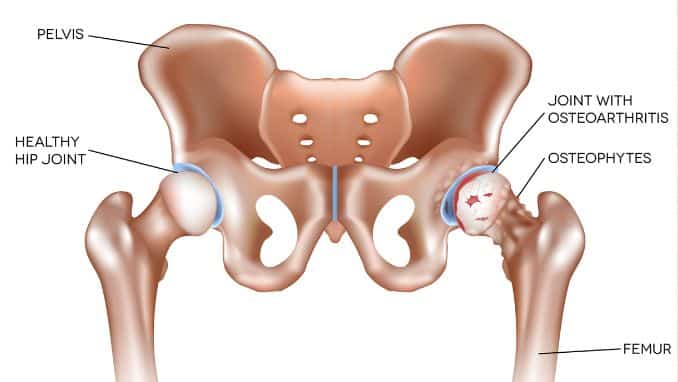
The hip is a ball-and-socket joint formed by the acetabulum, a part of the pelvis bone, and the head of the femur, also known as the thigh bone.
The ball and socket are connected by bands of tissues called ligaments and provide stability to the joint. Along the surfaces of the bones are the articular cartilages, a smooth protective covering that serves as a protective cushion so that the joints can glide easily with each other.
In a normal and healthy hip joint, there is a thin tissue called synovial membrane which makes a small amount of fluid that lubricates the cartilage to avoid friction during hip motion.
Hip Replacement Pains And Its Causes
Several causes of hip pain require the need for hip replacement. The most common of them is arthritis. This includes osteoarthritis, rheumatoid arthritis, and traumatic arthritis. Other conditions are also included below:
-
Osteoarthritis
Osteoarthritis is one of the most common forms of arthritis. It is a degenerative disease characterized by the breakdown of cartilage causing changes in the bones.
The cartilage, which serves as a protective covering on the surface of the joints and acts as a shock absorber during movement, becomes thinner over time. Because of this, the joint surface becomes rougher, which causes the bones to rub against each other. This can cause pain, stiffness, swelling and inflammation, limitation of movement, and other symptoms.
-
Rheumatoid Arthritis
Rheumatoid arthritis is an auto-immune disease. In this condition, the immune system mistakenly attacks the body’s healthy cells, causing swelling in the affected parts of the body.
Unlike osteoarthritis, that only attacks one or two similar joints, rheumatoid arthritis attacks many joints at once. The most commonly affected areas are the hands, wrists, and knees, but they can also affect the hips. Other symptoms include chronic pain, instability or loss of balance, and weakness.
-
Post-traumatic Arthritis
Post-traumatic arthritis happens when you’ve had trauma. The joints affected become inflamed and develop into arthritis. It is one of the rare forms of arthritis, but if your symptoms are severe and decreased quality of life is experienced, surgery like hip replacement might be recommended.
-
Osteonecrosis
Osteonecrosis, commonly known as avascular necrosis, is a condition where an injury in the hip, like a fracture or dislocation, can cause limited blood supply to the femoral head, causing the bone to collapse and develop arthritis.
-
Childhood Hip Disease
Infants and children can have several possible hip problems which can be treated successfully during childhood. However, this still increases their risk of developing arthritis later in life as it can affect the hip’s development.
-
Hip Fracture
During a hip fracture, the blood supply to a part of the hip joint can be disrupted, affecting its healing. Hip replacement may be recommended.
Hip Replacement Diagnosis And Evaluation
Several diagnostic procedures and examinations will assess your hip bone, soft tissues, and other components to confirm whether you are a hip replacement candidate. This includes:
-
Past And Present Medical History
Information regarding your past medical history will be asked, as well as your current pain, how you got it and how it affects your daily life, and more.
-
Physical Examination
Your range of motion, strength, and alignment will be assessed.
-
Imaging Tests
Imaging tests such as X-rays will be done to determine the extent of the joint damage, and MRI (magnetic resonance imaging) will be done to determine the condition of the bone and soft tissues.
Hip Replacement Exercise Guide
Hip replacement exercises are essential to restore the joint’s strength, mobility, and function. This enables the patient to gradually return to everyday activities and fully recover after hip replacement. Depending on your case, your orthopedic surgeon may recommend physical therapy.
Early Post-Operative Hip Replacement Exercises
The goal of hip replacement exercises is to increase circulation to your legs and feet following hip replacement which is essential to prevent blood clots. This will also help strengthen your muscles and improve hip movements.
Bed Hip Replacement Exercises:
1. Hip Replacement Ankle Pumps
Lie on your back with your arms on your sides. Then, slowly move your feet up and down. Keep repeating this movement as often as every 5 or 10 minutes.
2. Ankle Rotations
Lie on your back with your arms on your sides. Slowly move your ankle in a circular motion. Then reverse the direction. Keep repeating this movement and complete 10 repetitions in each direction.
3. Hip Replacement Knee Bends
Lie on your back with your arms on your sides. Slowly slide your heel on the bed towards your buttocks to bend your knees in a pain-free range. Then, keep your heels on the bed, and don’t raise them. Hold it for 5-7 seconds before sliding your heel back to the starting position. Complete 10 repetitions. Repeat on the opposite side.
4. Buttock Contractions
Contract/tighten your buttock muscles and hold them for 5-7 seconds before relaxing. Complete 10 repetitions.
5. Hip Abduction
Slowly slide your leg out to the side as far as you can and in a pain-free range, then slowly slide it back again to the starting position. Complete 10 repetitions. Repeat on the opposite side.
6. Quadriceps Set
Place a small pillow or towel under your knee. Then, slowly push the small pillow or towel down the bed. Hold it for 5-7 seconds before relaxing your knees. Complete 10 repetitions. Repeat on the opposite side.
7. Straight Leg Raises
Raise your leg off the bed with your knee extended as high as possible in your pain-free range. Hold for 5-7 seconds before returning your leg to the bed. Complete 10 repetitions. Repeat on the opposite side.
Standing Hip Replacement Exercises
You can perform these hip replacement exercises when your doctor permits you to stand. While performing this, ensure you are holding onto a table, chair, or anything that can support you to prevent falls.
1. Hip Replacement Standing Knee Raises
Lift your operated leg towards your chest but do not lift your knee higher than your hips. Hold for 5-7 seconds before putting your leg back down. Afterward, complete 10 repetitions. Repeat on the opposite knee.
2. Standing Hip Abduction
Lift your operated leg up and move it to your side in a pain-free range of motion. Hold for 5-7 seconds before returning it in the middle and putting the leg back down. Complete 10 repetitions. Then, repeat on the opposite hip.
3. Standing Hip Extension
Lift your operated leg up and slowly move it backward. Hold for 5-7 seconds before returning it to the starting position and putting the leg back down. Complete 10 repetitions. Then, repeat on the opposite hip.
The Hip Replacement Guidelines:
Hip Replacement Exercise Don’ts
- Don’t cross your legs at the knees for at least 6 to 8 weeks.
- Don’t bring your knee up higher than your hip.
- Don’t lean forward while sitting or as you sit down.
- Don’t try to pick up something on the floor while sitting.
- Don’t turn your feet excessively inward or outward when you bend down.
- Don’t reach down to pull up blankets when lying in bed.
- Don’t bend at the waist beyond 90 degrees.
Hip Replacement Exercise Dos
- Do keep the leg facing forward.
- Do keep the affected leg in front as you sit or stand.
- Do use a high kitchen or barstool in the kitchen.
- Do kneel on the knee on the operated leg (the bad side).
- Do use ice to reduce pain and swelling, but remember that ice will diminish sensation. Don’t apply ice directly to the skin; use an ice pack or wrap it in a damp towel. Do apply heat before exercising to assist with a range of motion. Use a heating pad or hot, damp towel for 15 to 20 minutes.
- Do reduce your exercises if your muscles ache, but don’t stop doing them!
Conclusion
A hip replacement is a major surgery for most people who suffer from severe hip pain, decreased range of motion, and loss of function. Exercising before and after the operation is essential to build strength to support your new joint. It is also important that you regularly check with your orthopedic surgeon for follow-ups and to prevent complications.

